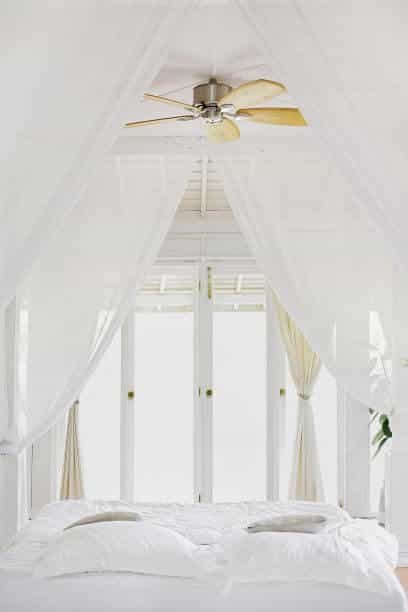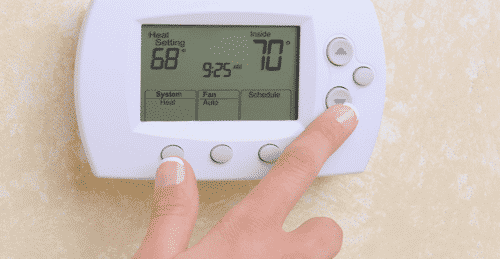Have you ever noticed condensation on the windows in your home? While it’s not the most beautiful thing to look at, it might also be the sign of an air-quality problem inside your home. Good news is there are some things you can do to try to fix it.
How Does Condensation on Windows Happen?
The condensation on your windows happens when the damp warm air in your home is met by the colder surface of the windows. When the air outside gets cooler, think fall and winter season, is when you’ll see it happening most.
While it may seem just like an aesthetic issue, having moisture in places it should not be can lead to mildew. And having moisture and mildew around wood could lead to mold or rot.
If you’re seeing condensation on your windows first step is to designate if it’s happening on the window or in between the window panes as they are caused by two different issues.
Problem 1: Moisture in between window panes
When you notice the moisture is in between the window panes, that means there is an issue with your window. This happens when the window seal stops working as moisture slips between the two panes of glass.
Solution: Repair or replace the window
Problem 2: Moisture on the window
The moisture on your window comes from the warm moist air in your home. The humidity in your home is what causes condensation on the glass, so that is what must be adjusted.
Solution: Decrease the humidity in your home
How to Decrease The Humidity in Your Home
There are several options for eliminating moisture, and therefore decreasing the humidity from the air inside your home.
Ceiling Fans-when your ceiling fans are on, they keep air flowing inside the home so any humid air does not get stuck in one spot of the house.
Exhaust fans-usually found in humidity hotspots like your bathroom or above the kitchen stove, make sure you’re using them as they help draw the warm moist air away before it can impact the humidity level of your home.
Open window treatments – Keeping your blinds, drapes or other curtains open can decrease condensation as it prevents the damp air from being caught against the window pane.
Lower your humidifier- if you have a small humidifier or one for the whole house, find the control on the unit and lower the dial to a lower humidity setting. A technician may recommend a whole-house humidifier to help you not only control the humidity but also the air quality within your home.
Get a dehumidifier- If you don’t have a humidifier going and your home’s humidity level is higher than you prefer, think about purchasing a dehumidifier. While humidifiers add moisture inside your home so the air doesn’t become too dry, a dehumidifier extracts excess moisture out of the air.
Portable dehumidifiers can eliminate the water from an entire room. However, the portable units require emptying out of water trays and only service a single room. A whole house dehumidifier on the other hand eliminates moisture from your entire home.
Whole house dehumidifier systems allow you to establish a humidity level precisely as you would choose a temperature on your thermostat. The unit will start automatically when the humidity level exceeds the set level. These systems coordinate with your home’s HVAC system, so you will receive the best results if you contact our experienced professionals at Accurate Electric, Heating, Plumbing & Air.
These changes can help lower the humidity inside your home and move the air around so you can enjoy clear, moisture-free windows even in the Buena Park winter. If you have any questions about condensation on your windows, contact our friendly team at Accurate Electric Plumbing & Heating to help!





